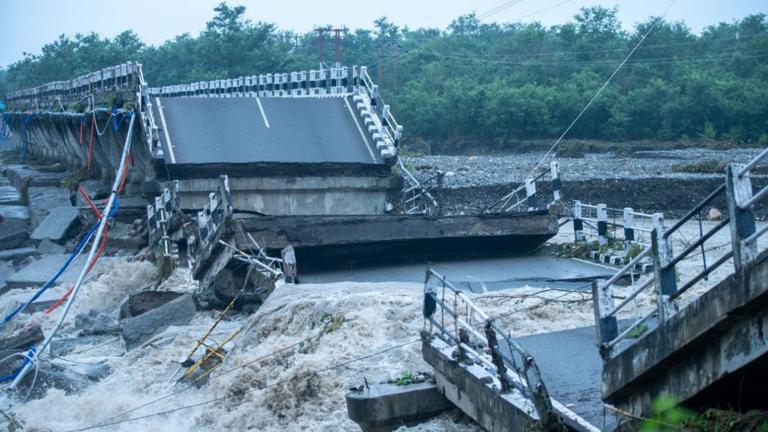With complex disasters set to increase in the Hindu Kush Himalayan region, local communities and authorities need far more detailed assessments of their impacts to take meaningful action, argue Mandira Singh Shrestha and Babar Khan.

When water levels rose in a tributary of the Koshi river during the 2019 monsoon, villagers of Launiya in Nepal’s southern district of Saptari, banded together to form a makeshift human embankment. They lay on the ground next to each other all night – shivering and terrified –desperately trying everything to stop the flood waters from entering their homes and farmlands. Forecasts and early warning were available, but these could not be translated into an effective response.
Across the Hindu Kush Himalayan (HKH) region, spanning Afghanistan in the west to Myanmar in the east, disasters like Launiya’s are becoming increasingly common. As last month’s report ‘Water, Ice, Society, and Ecosystems in the Hindu Kush Himalaya’ by the International Centre for Integrated Mountain Development (ICIMOD) makes clear, these events are likely to become even more frequent and intense due to climate change. Early-warning systems have provided some success, but they are only a piece of a larger, complex puzzle. Timely and actionable information does not always reach those who need it most; when it does, many people receiving the early warning find the information either too generic or too difficult to understand.
Moving towards impact-based forecasting
We need forecasts that indicate not only the likely weather conditions, but that also detail the likely impacts of such conditions on our communities, environments, and economies. A clearer picture of the consequences can help map more urgent and cogent anticipatory action.
Impact-based forecasting involves providing information, not only about what the weather will be, but also what the weather will do. An early-warning advisory that includes only a weather forecast would say that a certain amount of rain is expected to fall within a certain timeframe. Impact-based forecasting would go many steps further, to indicate expected losses due to raised water levels in specific areas and sectors, such as livestock, farmlands and critical infrastructure. When co-produced with local stakeholders – including village representatives, community groups, and farmers – such forecasts invite greater understanding and ownership, which would facilitate comprehensive response plans and the allocation of funds.
Reducing risk: The big picture
In the HKH region, the SAARC Disaster Management Centre (SDMC) and ICIMOD are leading organisations in facilitating information sharing and capacity building for disaster risk reduction.In 2007, the SDMC developed a comprehensive framework on disaster management, which prioritised the establishment, strengthening and improvement of regional early-warning systems. The framework paved the way for the community-based flood early-warning systems that ICIMOD has piloted across the HKH, to considerable success. For example, a community-based flood early-warning system introduced by ICIMOD in the Ratu river in central Nepal has prevented loss and damage in Nepal and India.
Key issues in building successful, impact-based early-warning systems
Impact-based forecasts will not only include information about hazards, but also the vulnerability and exposure of the location in question, as well as the timing, severity and impact the hazard is likely to have. Several groups, such as the World Meteorological Organization (WMO), the United Nations Economic and Social Commission for Asia and the Pacific (UNESCAP) and the Red Cross Red Crescent Movement, have developed guidelines for implementing impact-based forecasts. Drawing on these guidelines, the key step towards impact-based forecasting is to co-design and co-produce forecast productsby forging strong networks with national meteorological and hydrological services, national disaster management authorities, humanitarian agencies and at-risk communities.
Sources:
The Third Pole
Provided by the IKCEST Disaster Risk Reduction Knowledge Service System
Comment list ( 0 )
